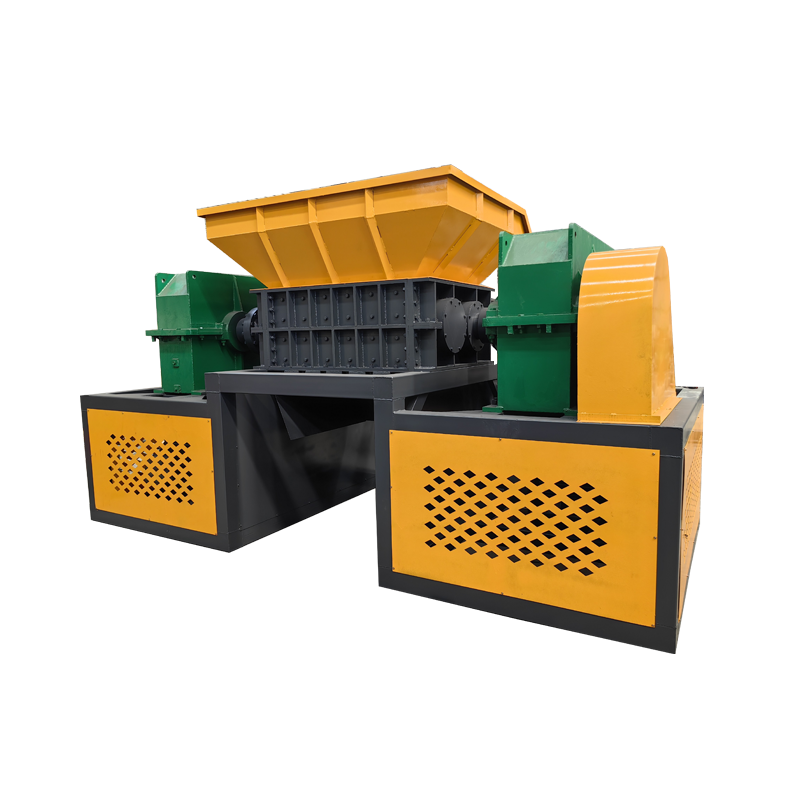The “Foam Value Reconstructor” in the Circular Economy: Why Waste Foam Shredding Systems Lead Green Transformation
In the global wave of green industrial transformation, waste foam—once considered a low-value, hard-to-handle waste—has become a valuable renewable resource, thanks to technological breakthroughs. Among the key technologies driving this change, waste foam shredding systems stand out as "value reconstructors," gaining wide attention from industries aiming to achieve environmental and economic win-wins. Their leading role in green transformation is supported by three core factors.
First, they bridge the gap between waste foam and high-value recycling. Waste foam’s inherent characteristics—light weight, large volume, and poor fluidity—make transportation and processing costly. Waste foam shredding systems break foam into uniform small pieces, reducing transportation costs by over 80% and enabling subsequent processing (such as hot-melt granulation) to produce high-purity recycled plastic pellets. These pellets are favored by packaging and construction enterprises, creating a profitable recycling chain.

Second, they align with global carbon reduction goals. Using recycled foam granules instead of virgin plastics reduces carbon emissions by 30-50% in the production process, according to industry data. Waste foam shredding systems, as the starting point of the foam recycling chain, directly contribute to carbon reduction, helping enterprises meet carbon neutrality targets and gain advantages in green supply chain competitions.
Third, they adapt to diverse industrial needs through technological innovation. Unlike traditional single-shaft shredders, modern waste foam shredding systems integrate multiple functions: some are equipped with dust collection devices to avoid foam dust pollution; others have adjustable blade gaps to handle both soft EPE and hard EPS foam. Additionally, compact models for small workshops and large-scale automated lines for industrial parks are available, fully covering market demands.
Moreover, with governments worldwide increasing subsidies for waste recycling equipment, waste foam shredding systems have become a cost-effective investment for enterprises. They not only help comply with environmental regulations but also open up new revenue streams through recycled materials.
In the future, as foam recycling technologies mature, waste foam shredding systems will continue to lead the green transformation of the plastic waste industry, making greater contributions to resource conservation and environmental protection.



